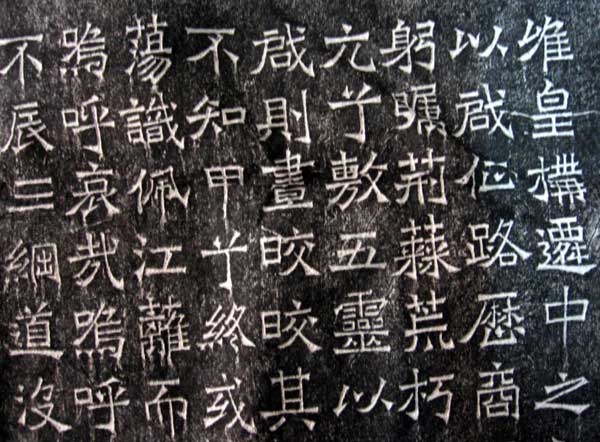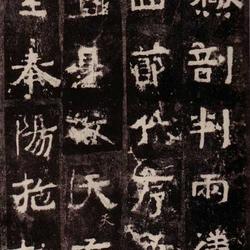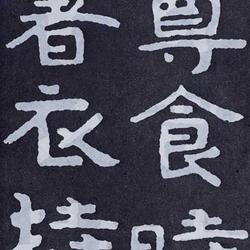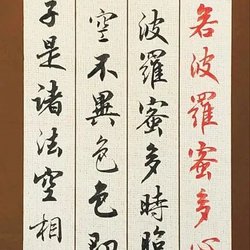


local
"The Monument of Emperor Xiaowen of the Wei Dynasty hanging on Bigan" is located in the Tomb of Bigan, 7.5 kilometers north of Weihui City, Henan. It was established in November of the 18th year of Taihe in the Northern Wei Dynasty (494). The original stele no longer exists, but it was re-engraved in September of the fifth year of Song Yuanyou (1090). It is 2.56 meters high and 1.36 meters wide. It has 7 characters on the forehead: "Emperor Diao Yin Bigan". The inscription is written by Emperor Xiaowen Yuanhong. The name of the person who did not write the elixir is passed down as Cui Haoshu. Regular script, 28 lines, 46 characters. There are four columns of inscriptions on the underside of the stele. The first three columns include the names of 82 people who died from official duties, and the last column contains "inscriptions on the stele" written by Song and Wu Dynasty, written in Dan and regular script by Lin She. The record says that the "Diao Bigan Monument" erected in the Wei Dynasty "has been destroyed by the villagers for a long time, and it is only because of the occasional preservation of its inscriptions by the people." "Fortunately, it was reprinted by the saint." He also made a filial explanation for the time when Emperor Xiaowen came to Bigan's tomb to pay homage.
According to "Book of Wei·Gaozu Ji", Emperor Xiaowen's visit to the Bigan Temple was in November of the 18th year of Taihe, when he drove to Ye. On the 14th, I passed by Bigan's tomb and personally wrote a memorial and published it on the cabinet monument. The font of the inscription is square, the strokes are thin, hard and straight, and the two ends are square and thick, like hard bones. Yang Shoujing's "Xue Yi Yan" commented: "Slim and unique, dangerous and inaccessible", making it "a masterpiece of Beibei". Therefore, it is cherished by calligraphers. There are records in books such as "Inscriptions on Gold and Stone" and "Inscriptions on Gold and Stone".




















